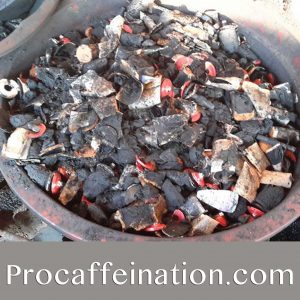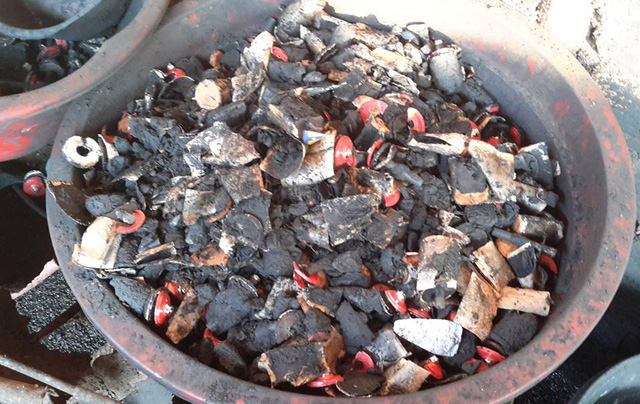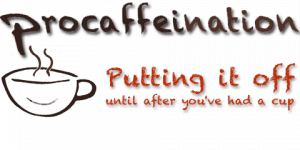
genuine: authentic, real, actual, original, bona fide, true, unadulterated
This story is about “coffee” that is anything but.
People want – and, okay, sometimes need – their morning cup so badly that for at least two centuries it has been the target of unscrupulous conmen and frauds in search of an easy buck. Sometimes the fraud can be rather innocuous, such as by artificially increasing the weight of a package. Sometimes it is more egregious: substituting one coffee for another. Sometimes it is downright scary. Just in case you don’t read Vietnamese, here is a link to Newsweek’s version.

And if you can’t be bothered to click through to either post, here is the gist: A company in Vietnam has been mixing low quality and rejected coffee with harmful and potentially toxic materials. There were adding substances such as dirt, rock dust, and even the carbon powder taken from the inside of used D batteries in order to make the coffee appear to be of higher volume and quality. Worse still, while they found 12 tons of this “product” at the manufacturer’s facility, they had already sold over 3 tons of it since the beginning of the year. Yikes!
Coffee Adulteration
Historically, coffee has been subject to various forms of counterfeiting. Back in the day, it was sometimes treated with water, butter, or grease to artificially increase its weight; the beans would soak up the foreign material and give a false reading, and since the butter (or whatever) was less expensive than the coffee, this resulted in greater profit for the sellers. The customer might not even ever know he had been cheated.
At other times, coffee has been mixed with burnt grain, roasted chicory, or even burnt carrots to make it appear as if there were a greater volume of coffee in the supply. Often done as a way to make a few extra dollars at the expense of the customer, sometimes this was also used as a way to “extend” the coffee. Often in times of war or economic dislocation, real coffee would be in short supply and as you are no doubt aware, people will go to amazing lengths to acquire their morning cup. The good people of New Orleans started mixing their coffee with roasted and ground chicory root during the naval blockades set up by Napoleon in the early 1800s and during the American Civil War. It is a now considered a mandatory addition at the Cafe du Monde. Bad coffee, even with other food items added, is arguably better than no coffee. Sometimes just hot, brown, caffeinated water will do.
More often these days, fraud is likely to consist of secretly substituting a lesser caliber coffee in place of pricier beans. In essence, this is just counterfeiting and, get ready for a surprise: this is can also be done legally. Out of Hawaii, much of the Kona coffee produced is sold to consumers as part of a blend. Legally, a Kona blend only has to contain 10% Kona and be labeled as such. You don’t even have to say what the Kona has been blended with. So of course, what this means is that in your bag of “Kona Blend” coffee, 9 out of 10 of the beans you are drinking were NOT grown in Kona! You might be getting 10% of the worst grade of Kona coffee mixed with 90% Guatemalan floor sweepings and that is completely legal. Another prime example of this sort of deceptive marketing is what has become of Jamaican Blue Mountain: a bag of Jamaican Blue Mountain Style coffee may have NO Jamaican coffee in it at all. It is all “legal,” but I doubt this is what you were expecting when you plunked down your hard-earned cash and made your purchase.
In the case of questionable marketing of coffee, the buyer must beware. If it’s cheap, it’s probably not the real deal. If you are paying $7 for what you think is a pound of Kona, you are almost assuredly getting a blend. As for the counterfeit coffee, without genetic tests, or at the very least, proper chain of custody from farm to your cup, it is very difficult to prove that the coffee you are getting is genuinely from the region it is said to have originated. Even “New Orleans Style” coffee is not guaranteed to contain chicory, so make certain to read your labels. This news story, however, points out something much worse: fraudulent coffee that is potentially harmful to the consumer. This sort of criminal activity can only be stopped by good law enforcement practices and inspections from local authorities. People will do all sorts of nefarious things without regard for the impact it has on human lives if it means they can make a big pot of money. Your best protection is to know your source and if possible, buy directly from a coffee farmer that you trust!

